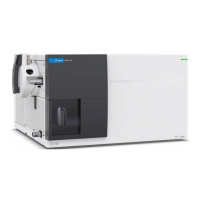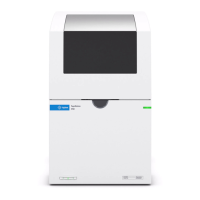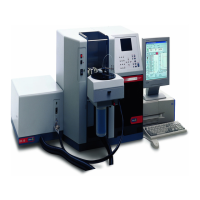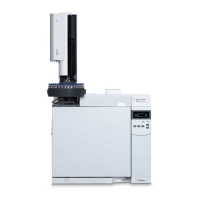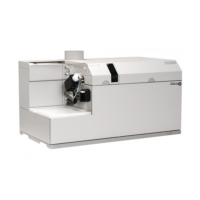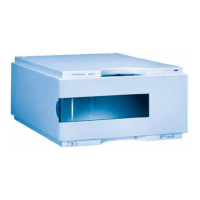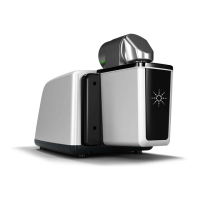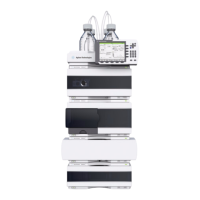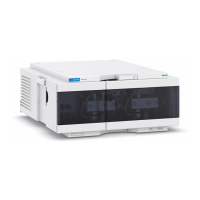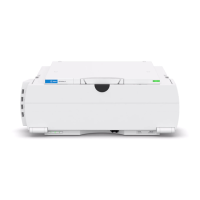CONFigure:CURRent:{AC|DC}[{<range>|AUTO|MIN|MAX|DEF} [,
{<resolution>|MIN|MAX|DEF}]]
Sets all measurement parameters and trigger parameters to their default values for AC or DC current measurements.
Also specifies the range and resolution.
On the 34461A, use the [SENSe:]CURRent:{AC|DC}:TERMinals command to specify which current
terminals to use for the measurement.
Parameter Typical Return
<range>: {100 µA|1 mA|10 mA|100 mA|1 A|3 A|10 A}, default AUTO (autorange) (none)
<resolution> (AC): optional and ignored; fixed at 6½ digits.
<resolution> (DC): See Resolution Table or Range, Resolution and NPLC. The default is
equivalent to 10 PLC.Specify <resolution> in the measurement's units (V, A, Hz, Ω, and so
on).
Configure AC current measurements using the 1 A range.Make and read two measurements:
CONF:CURR:AC 1
SAMP:COUN 2
READ?
Typical Response: +8.54530000E-01,+8.54520000E-01
Configure DC current measurements using the 1 A range with 1 mA resolution. Then make a measurement using an
external trigger with positive slope (rising edge) and read the measurement:
CONF:CURR:DC 1,0.001
TRIG:SOUR EXT;SLOP POS
INIT
FETC?
Typical Response: +4.27150000E-01
l Choosing the 10 A range automatically sets the [SENSe:]CURRent:{AC|DC}:TERMinals parameter to 10 A, and
setting the range to 3 A or less sets the [SENSe:]CURRent:{AC|DC}:TERMinals parameter to 3 A.
l You can let autoranging select the measurement range, or you can manually select a fixed range. Autoranging
conveniently selects the range for each measurement based on the input signal. For fastest measurements, use
manual ranging (autoranging may require additional time for range selection).
l Autoranging (AUTO or DEFault), will generate an error if you specify a <resolution> because the instrument
cannot accurately resolve the integration time (especially if the input continuously changes). If your application
requires autoranging, specify DEFault for the <resolution> or omit the <resolution> altogether.
l Autoranging goes down a range at less than 10% of range and up a range at greater than 120% of range.
l If the input signal is greater than can be measured on the specified manual range, the instrument displays the
word Overload on front panel and returns "9.9E37" from the remote interface.
l To control the measurement rate for AC measurements, change the trigger delay or AC filter bandwidth.
l Use READ? or INITiate to start the measurement.
See Also
CONFigure?
MEASure:CURRent:{AC|DC}?
140 Agilent Truevolt Series DMM Operating and Service Guide
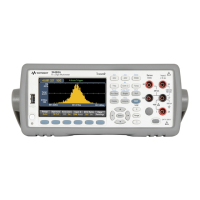
